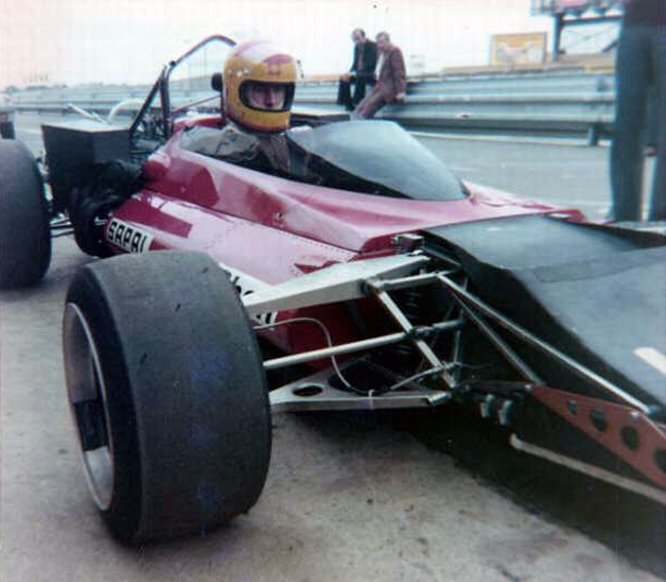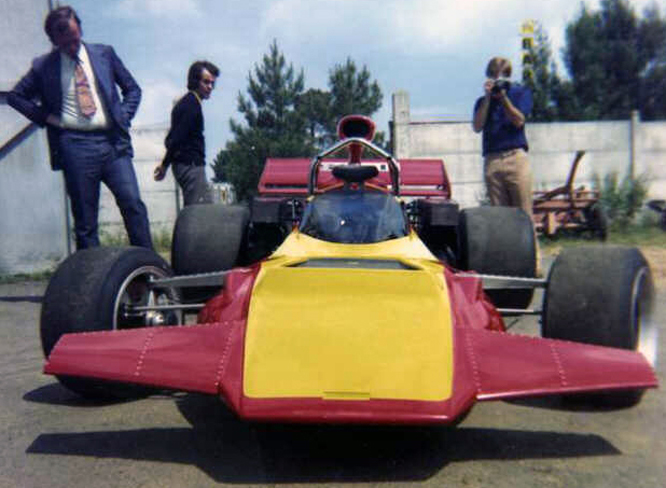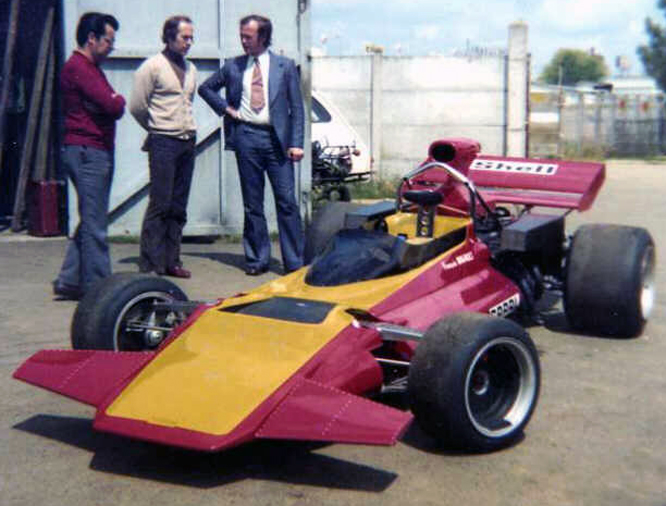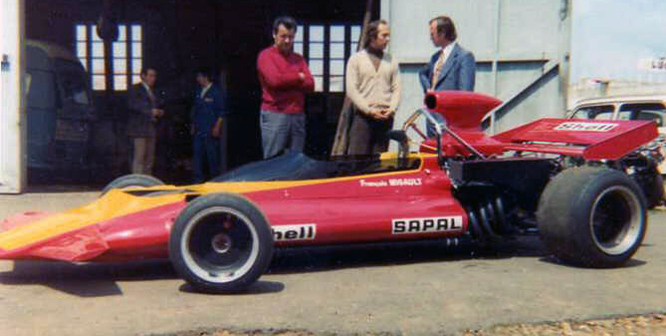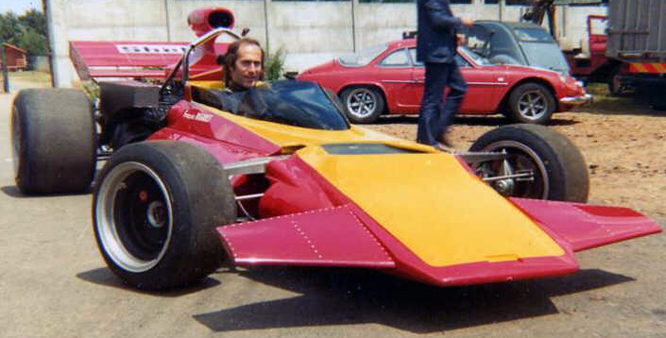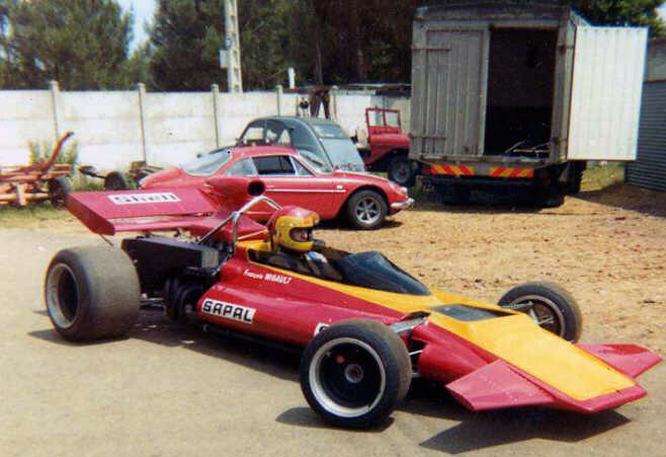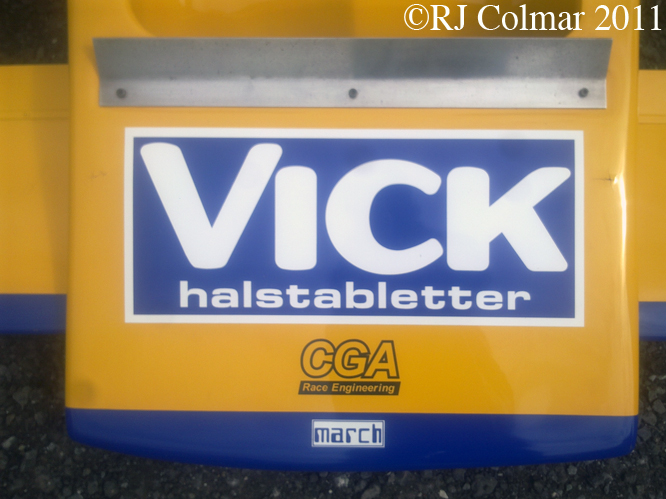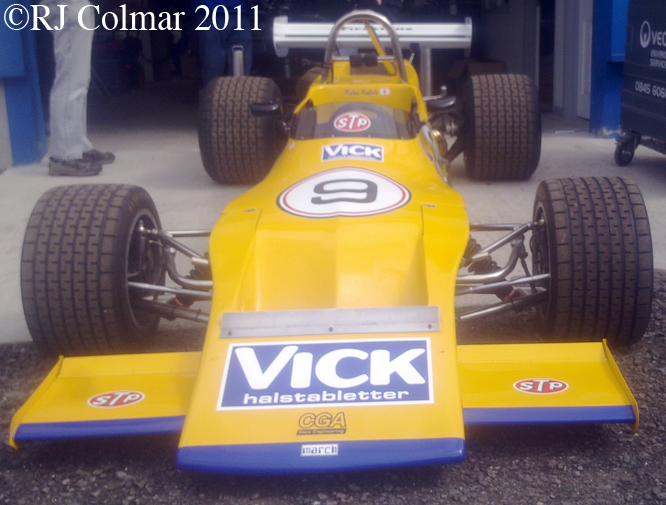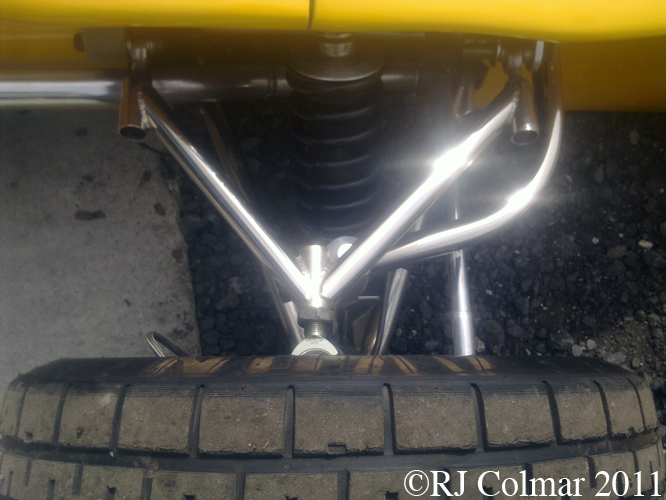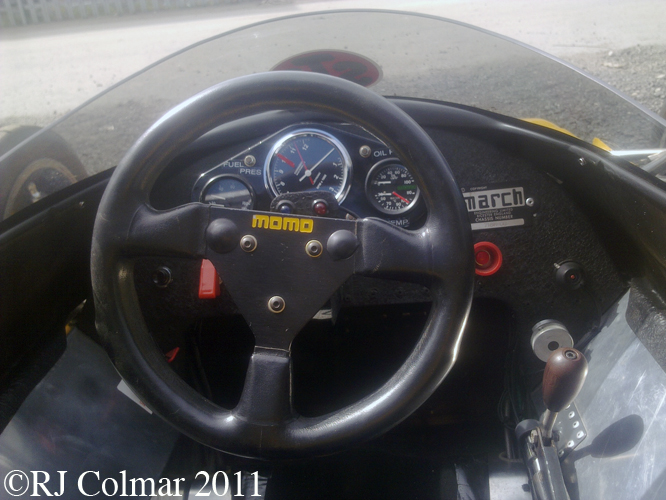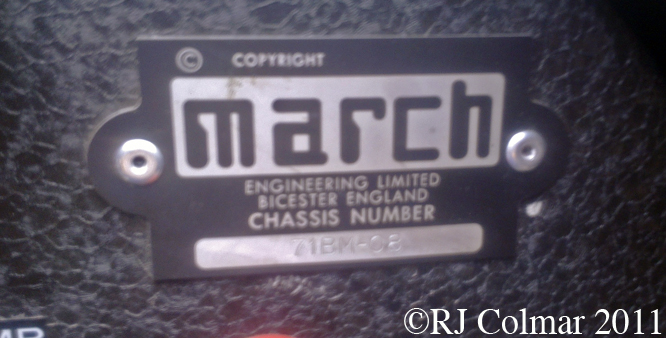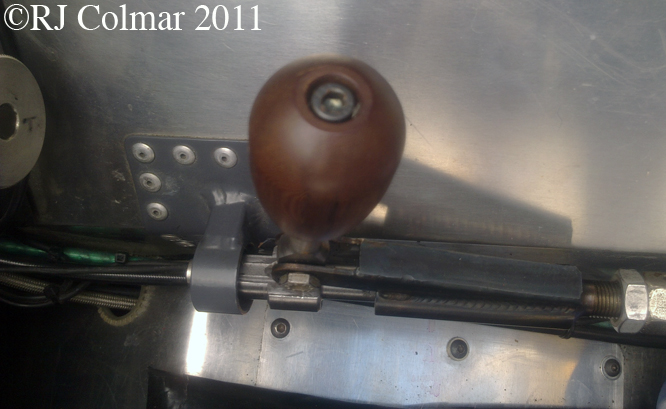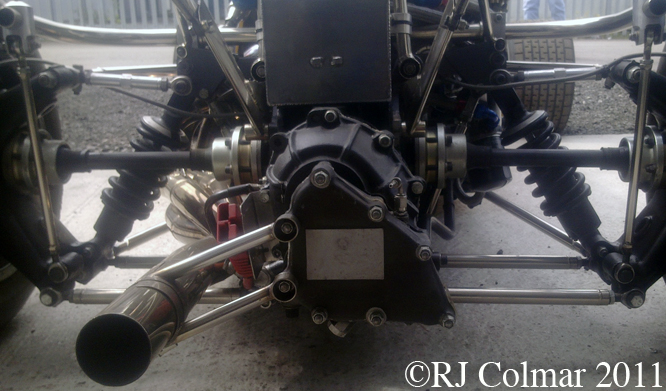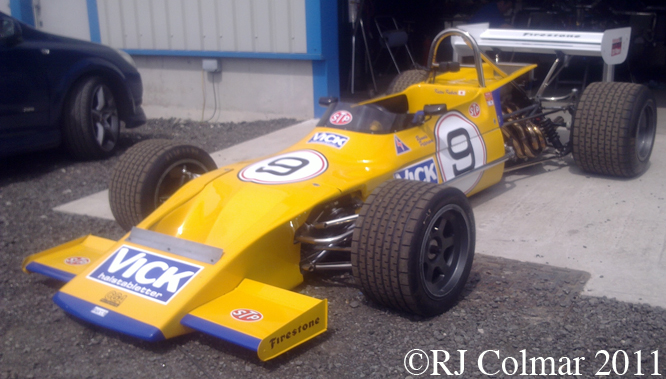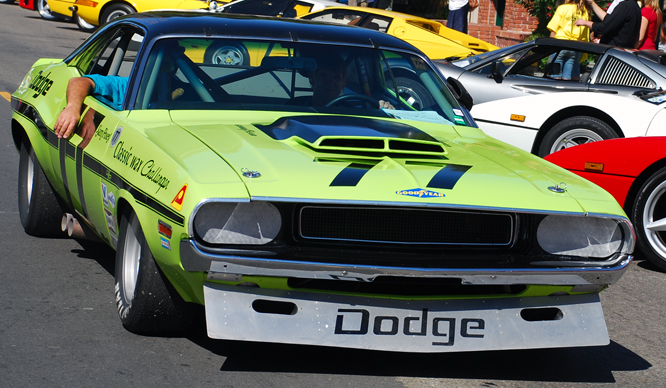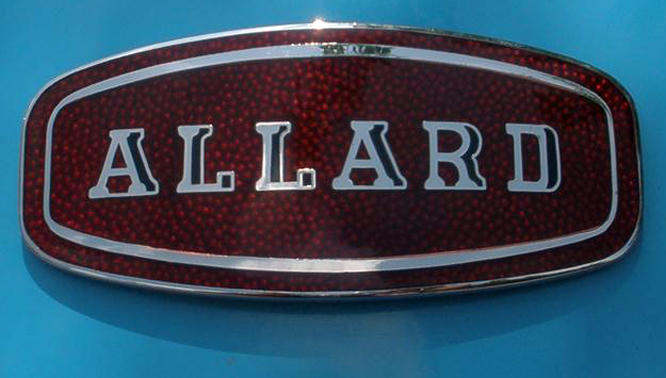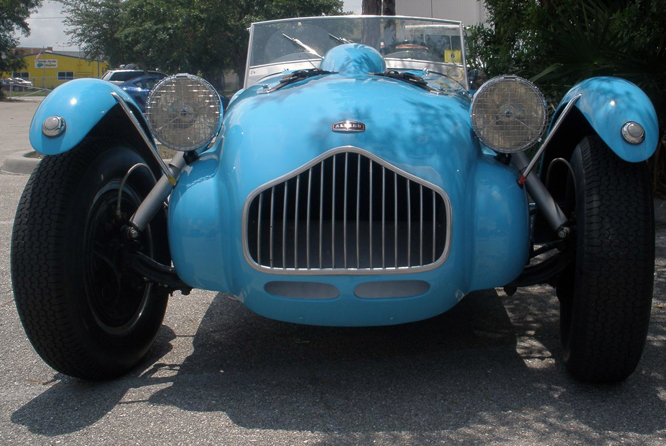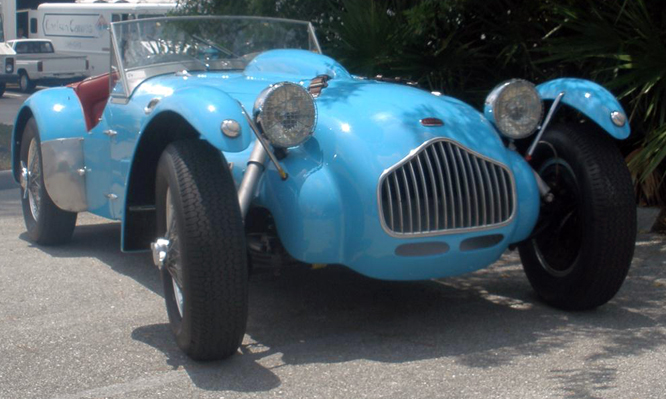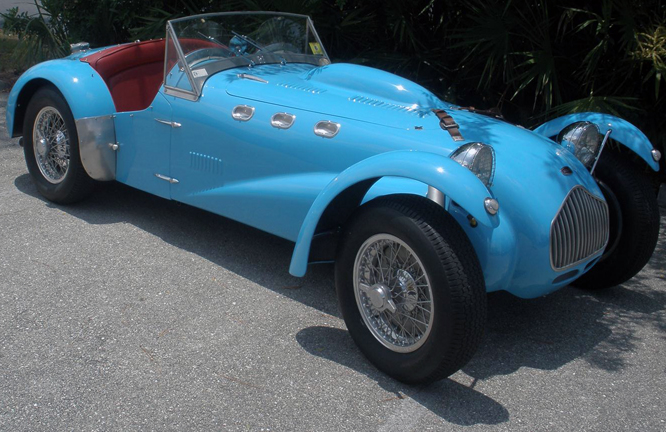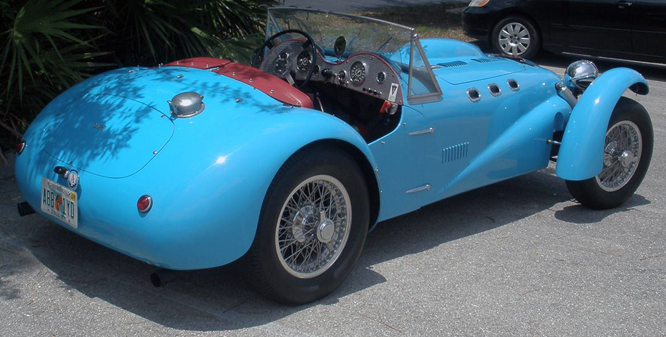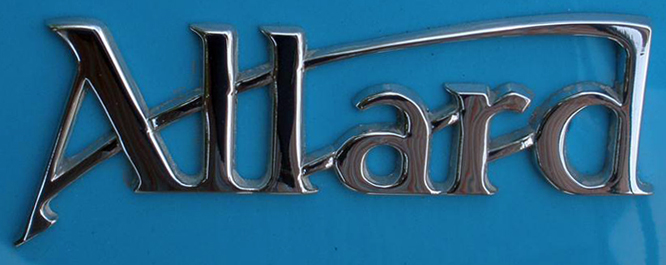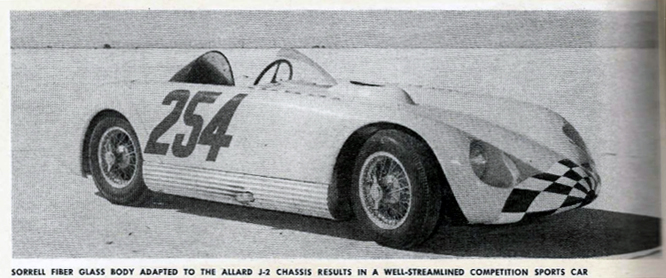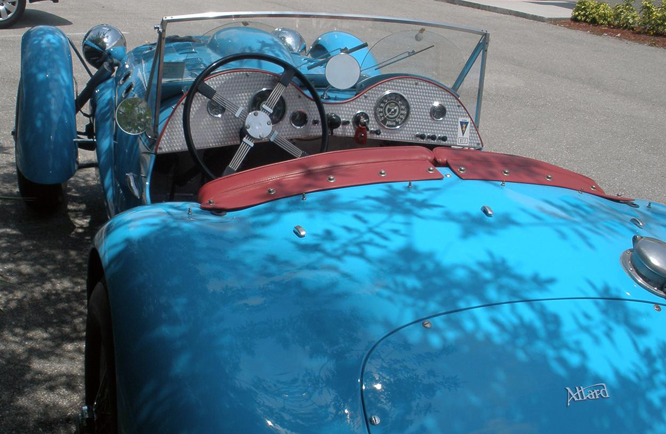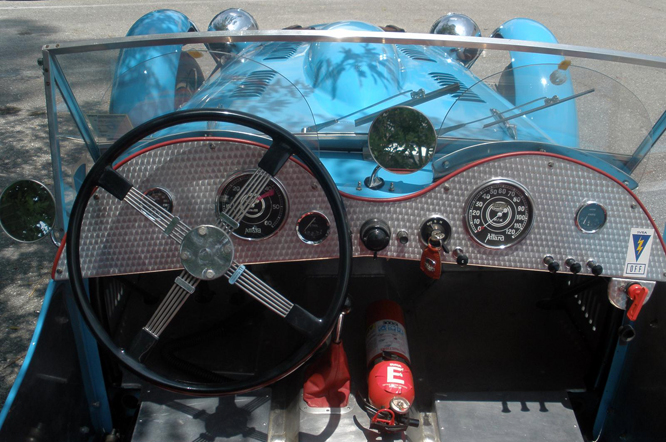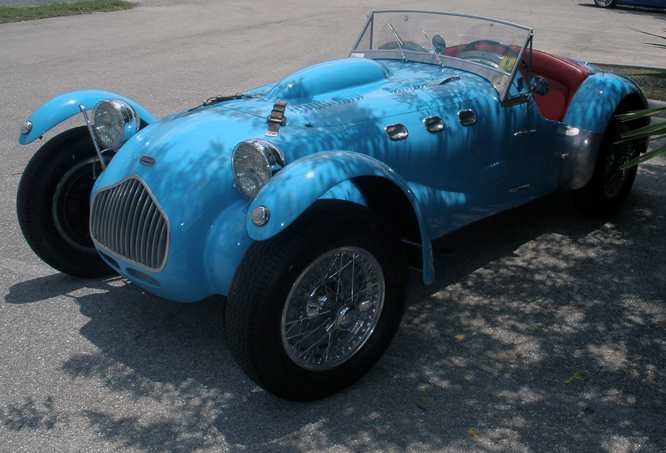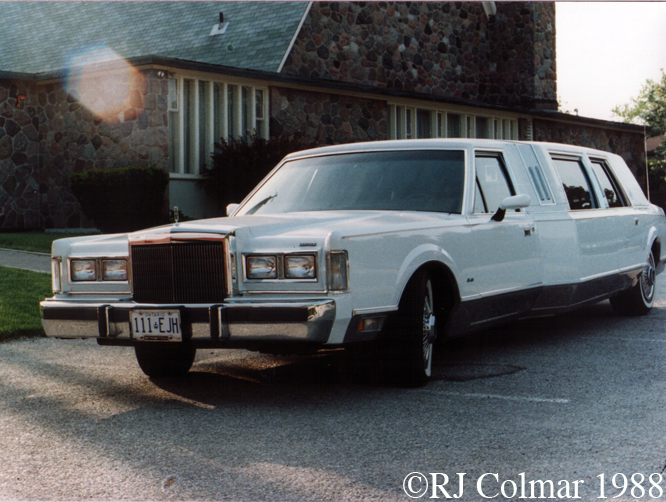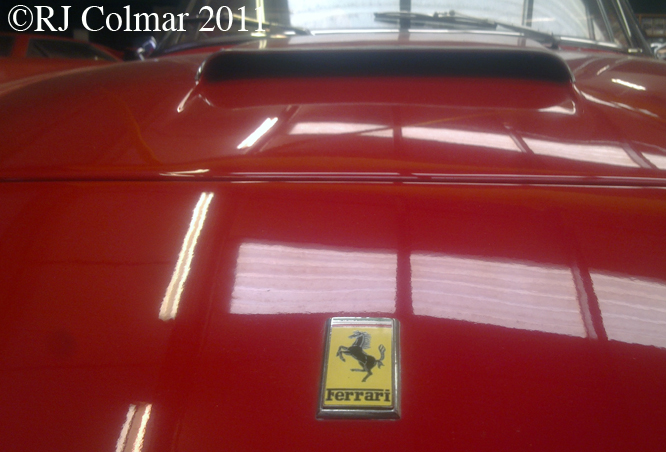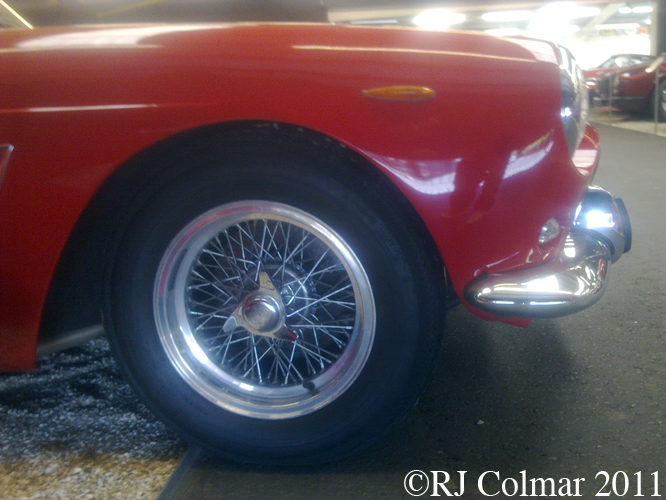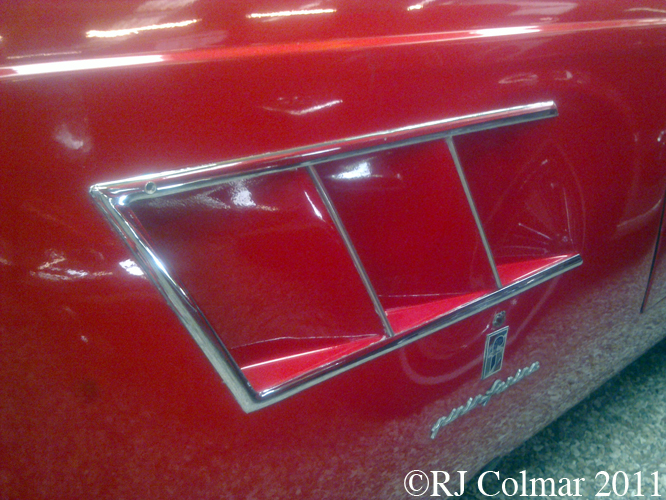Continuing the improbable but never the less true story of the Connew Grand Prix team that I started on Boxing day today I am looking at some of the trials and tribulations the team had preparing for the French Grand Prix in 1972.
Having built thier car with a dummy engine as seen in the previous Connew blog, Peter managed to secure funding from a French consortium lead by Vincent Mausset to run Francois Migault in 5 races.
The funding took the form of a ‘wad’ of French Francs which Peter, his cousin Barry and chief mechanic Roger Doran could only exchange to Pounds Sterling at £30 a time, thanks to foreign currency exchange restrictions in operation at the time.
Peter managed to put a deposit down on a second hand Ford Cosworth DFV engine, in need of a rebuild, from Phil Kerr at McLaren, and purchased a brand new gearbox.
Francois borrowed a truck from his brother who was in the furniture manufacturing business with a company called SAPAL, in return for the truck which was used as the teams transporter SAPAL stickers appeared on the Connew.
While final preparations of the car were made for it’s first Grand Prix and the truck was fitted out for racing car transporter duties, Barry got married, heroically spending just 24 hours with his bride before returning to help the team at it’s lockup in Chadwell Heath. FInally the team was ready to go with a truckie named ‘Mansell’ at the wheel of the SAPAL transporter, in Portsmouth customs officials were reluctant to let the truck leave the country because it was on French registration plates but the driver ‘Mansell’ was English.
Once in France just outside Le Mans the trucks engine blew up. The truck was towed to Le Mans, Francois home town and the team used the Le Mans Bugatti Circuit, where these photos were taken, to do some testing while the truck was repaired.
On the first day of testing it became apparent that the cars suspension had been damaged in transit and with that the teams plans to go to the French Grand Prix had to be abandoned while repairs to the car were made.
To be continued….
With thanks to Peters cousin Barry Boor for the photographs if you’d like to read the whole story of how the Connew team came together over a period of two years and it’s trials and tribulations the year after please read Barry’s account of his part in this ‘Boys Own‘ adventure here.
Hope you have enjoyed the second part of the Connew story and that you will join me again tomorrow for Ferrari Friday. Don’t for get to come back now !

